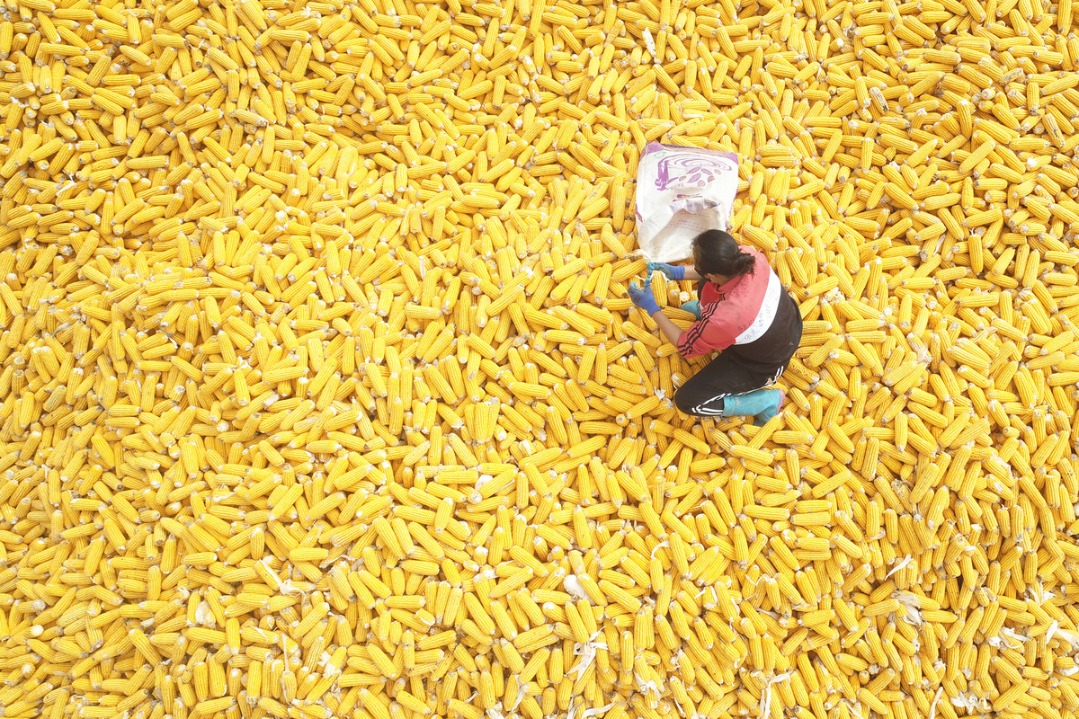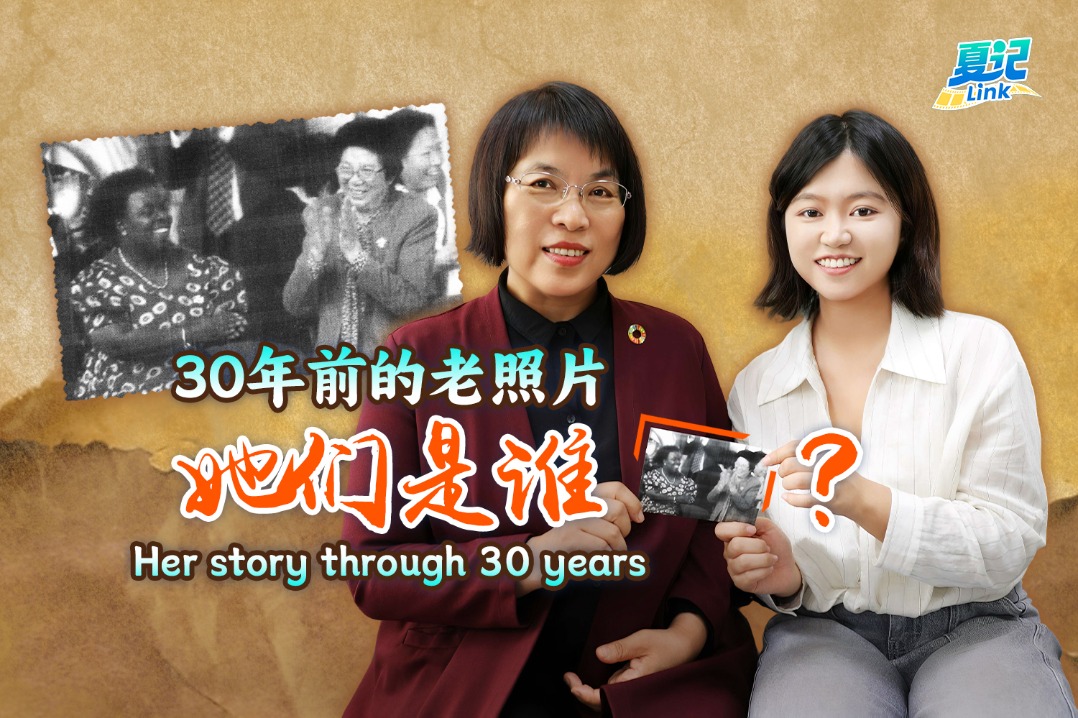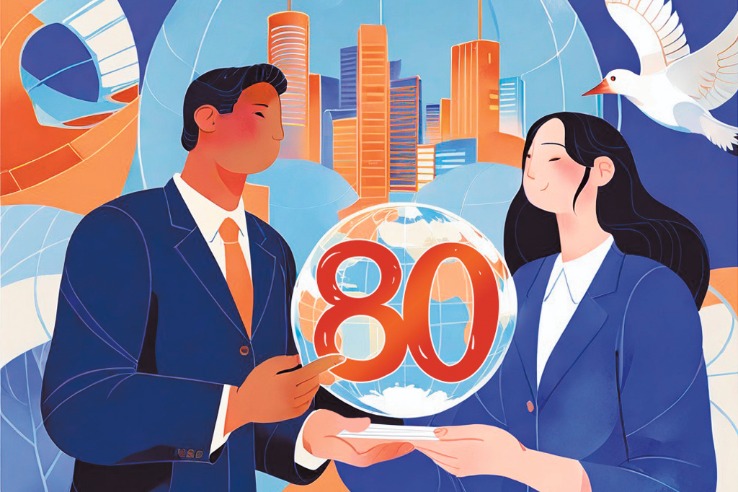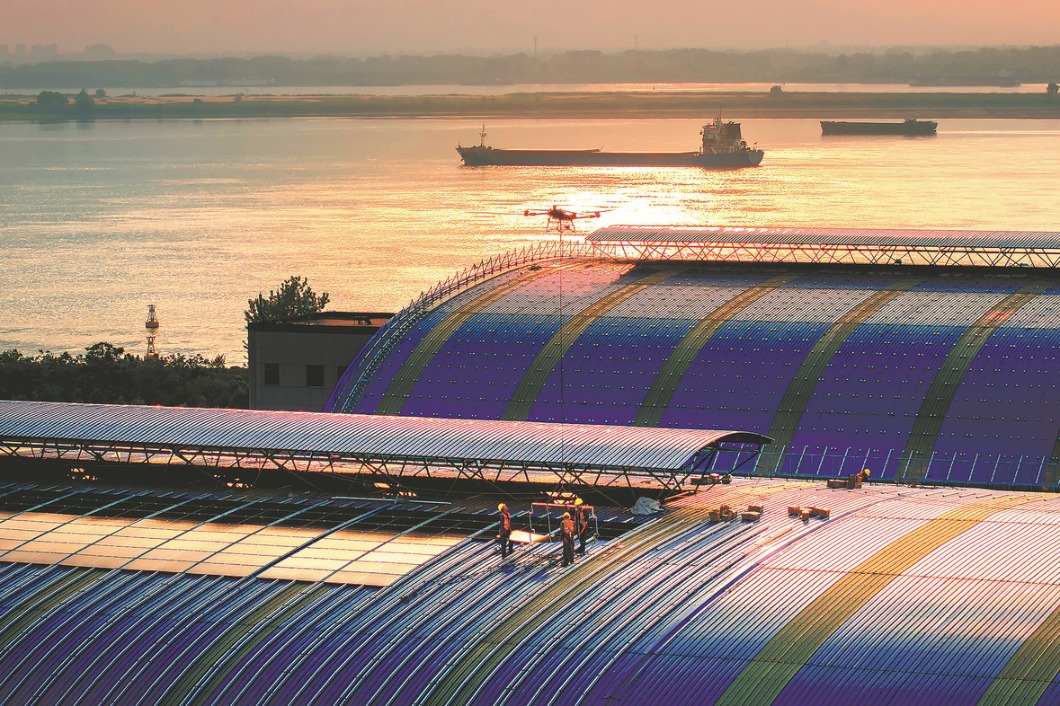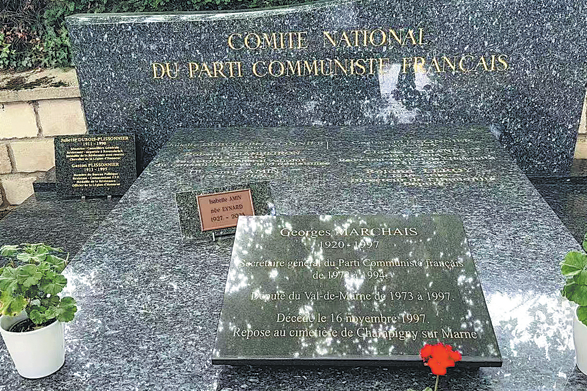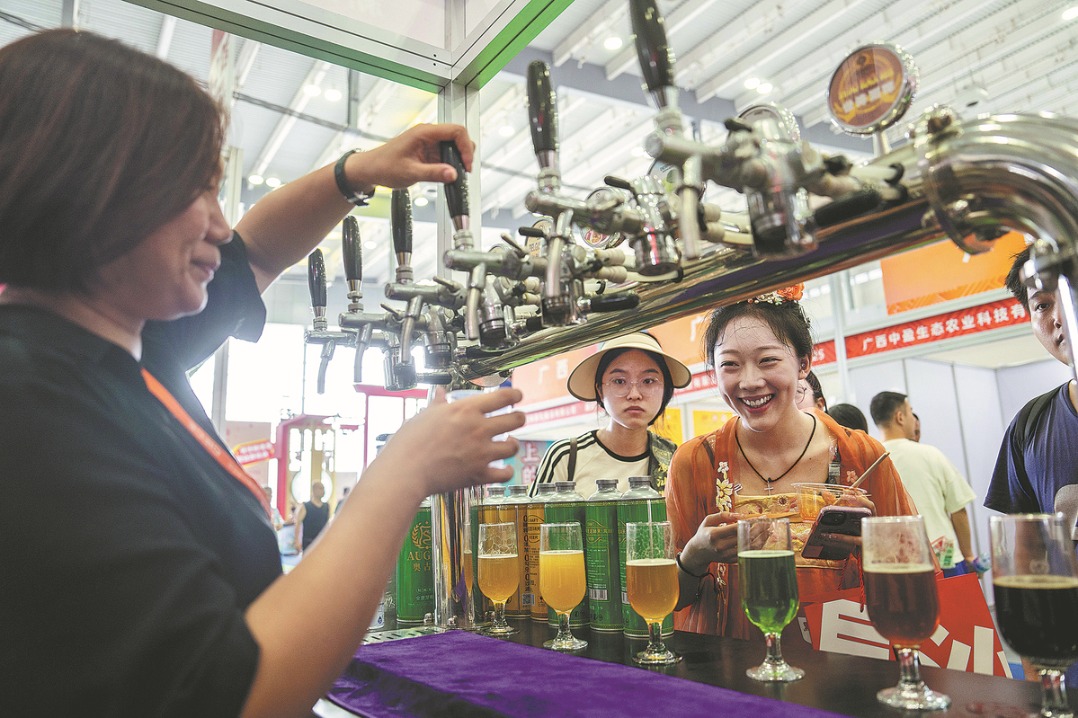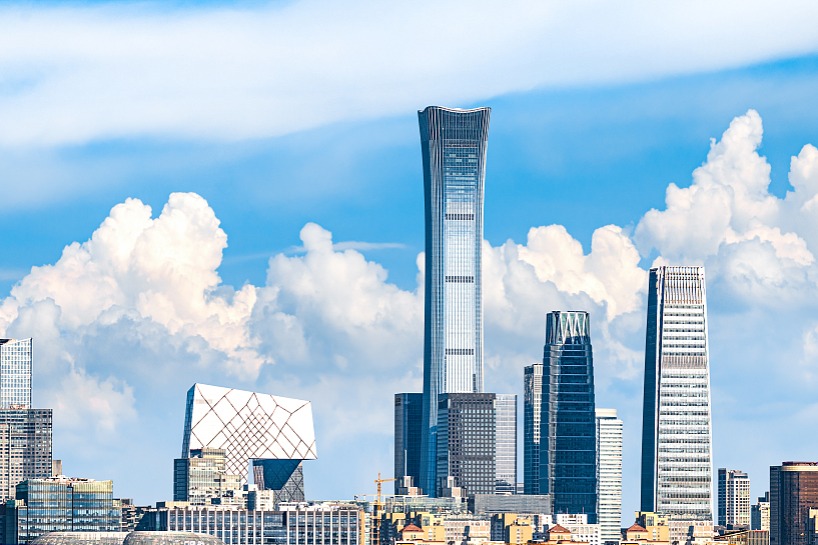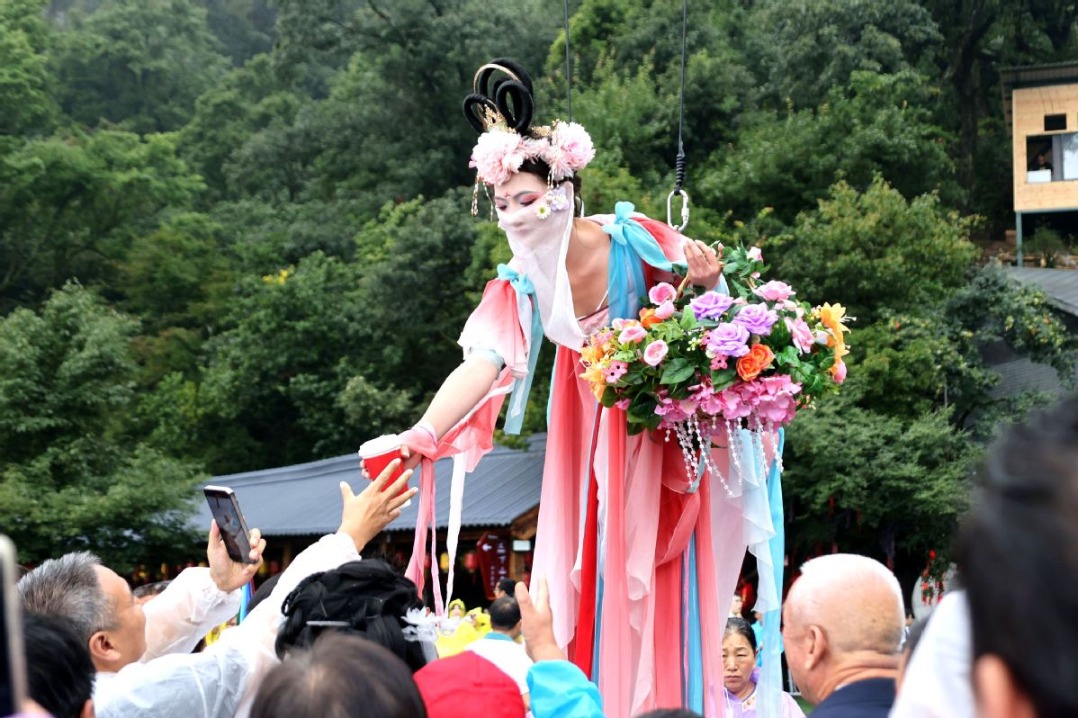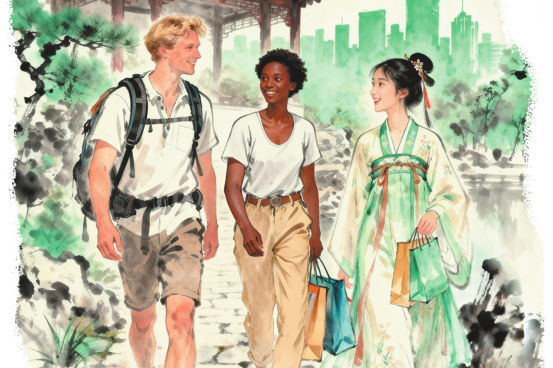A walk down memory lane: Dazu town in 1994


Another fascinating evening lay ahead as I explored the bustling streets of the old town. When I look back to that period I remember every meal was local Chinese cuisine, which I loved. There were no fast food restaurants to even slightly tempt me. Dining often resulted in friendly conversations with local people. My evenings would finish sitting at a pavement stall slowly enjoying a cold local beer while watching the constant flow of Dazu life. Maybe it was a lack of air conditioning but my travels at that period showed many people would spend long evenings outdoors, dining, socializing, walking, chatting. A feature of small towns then were the public loudspeakers, mostly playing music interspersed with local news and announcements. This again was the pre-smartphone era; indeed it was a time when there were few personal phones even in homes. Reflecting back, people appeared to talk much more with each other than we see today.
For me, walking was also a passion and next morning, after a quick bread and fried noodles breakfast I was again heading out of town, water bottles in my daypack. I had no map, simply relying on instinct and my desire to return to the countryside. From a bridge spanning a muddy stream I looked toward green swathes of rice fields - since my earlier days in Guangdong and Hainan I became passionate about walking within such landscapes. Criss-crossing the padis a village lay ahead with one house rising over a pond where pigs wallowed. Beyond lay forested slopes, girls shouted across to me, pointing toward an uphill path. Soon I was succumbed by dense vegetation and feeling a bit nervous in case of snakes. Coming out to a clearing with a single adobe walled farmhouse a boy beckoned to follow him up a slippery, muddy path through a forest of bamboo. He was a nimble walker; I was slow and ponderous for after all I was carrying heavy camera gear. He led me onto a substantial path and pointed “that way”. On my own again, and resting briefly beside the trail, some farmers approached and in universal sign language pointed toward another path. Apparently they had seen me walking the previous day.
Soon I was passing the now familiar local temple before emerging onto a ridge directly below the pagoda. The weather beautiful, I sat there in blissful embrace with nature while also watching a woman shaded by bamboo hat, scything herbs. She stopped before pointing toward a path leading up to another ridge. There, a donkey-hauled cart transporting villagers passed as I sat looking over the reddish terrain. Below stretched agricultural terraces, irrigation channels fed from small reservoirs and the occasional village.
Colorful butterflies fluttered while blue feathered birds swooped around before I started heading downhill. I had found a miniature “Shangri-La” and was reluctant to leave. Farmers supporting bamboo shoulder poles headed back up to their villages as I retraced my steps towards the hotel to wash, change clothes and go back out for another fascinating evening immersing myself in Dazu evening life.
Rural walking I loved but wandering the old town streets with its unique regional architecture equally enthralled me. I was witnessing again a ‘time capsule” of earlier Sichuan life. Within the older areas buildings were often two floors, open fronted and incorporating wooden frames intertwined with adobe brick. There was this continual gentle movement of people accompanied by a background of trishaw bells ringing, with only a few motorized vehicles. Blue trucks, however, transported villagers back home from their shopping trips. I noticed that this often lack of mechanization led to the clarity of natural sounds not being drowned out. There were no car horns.




















